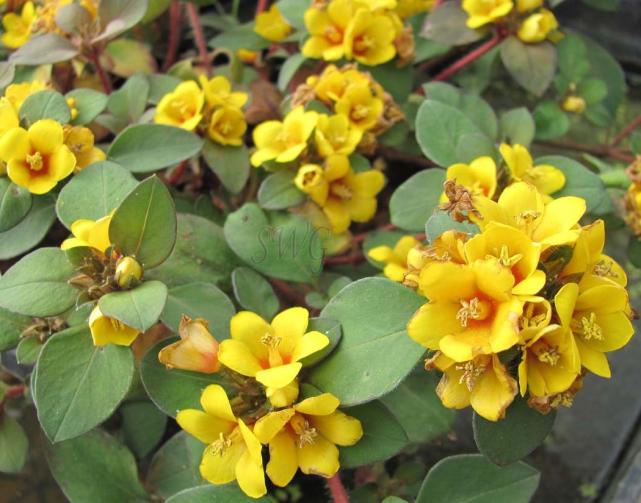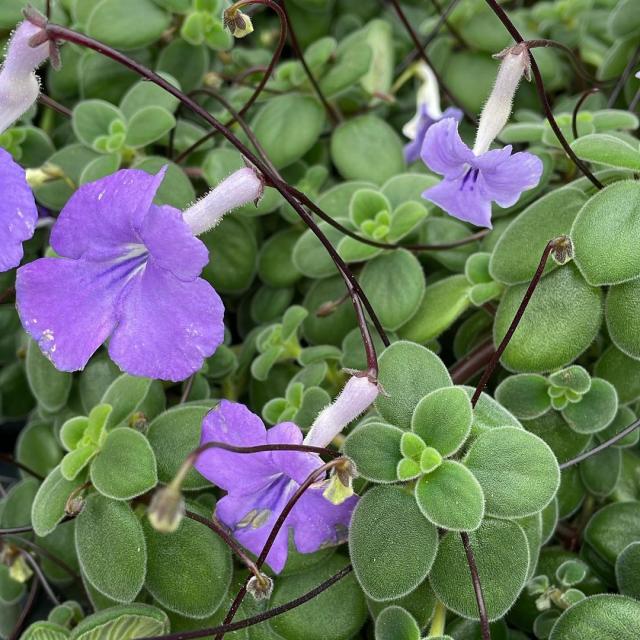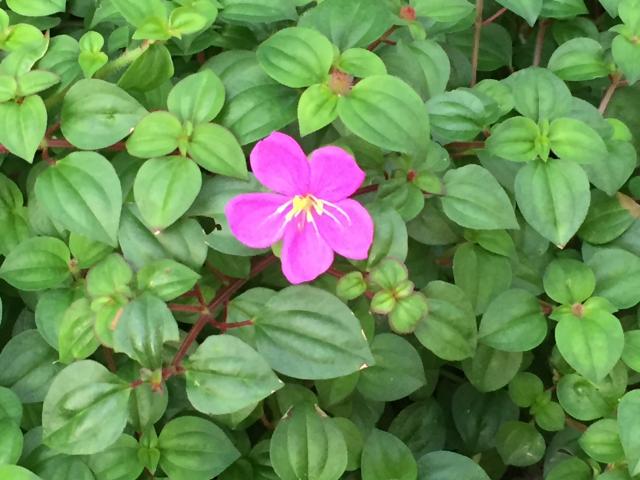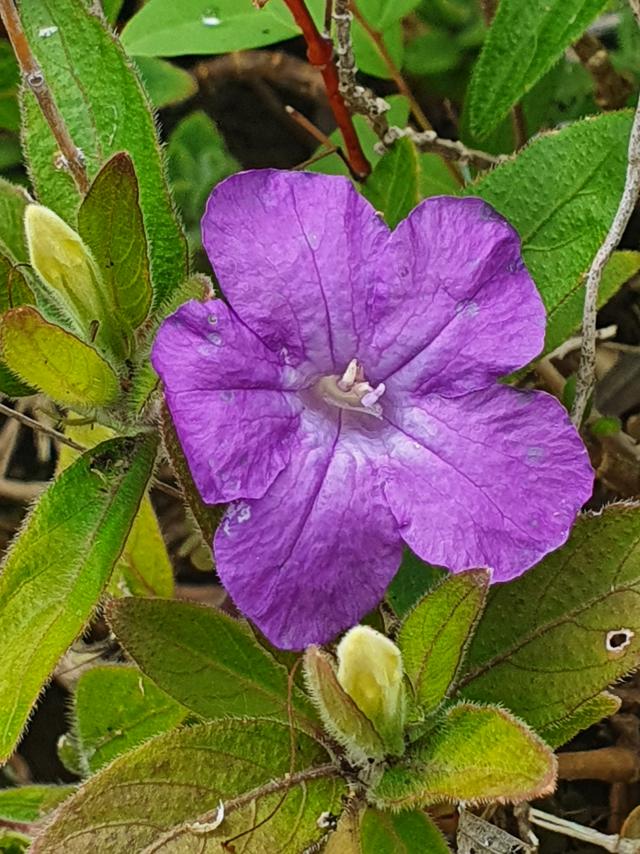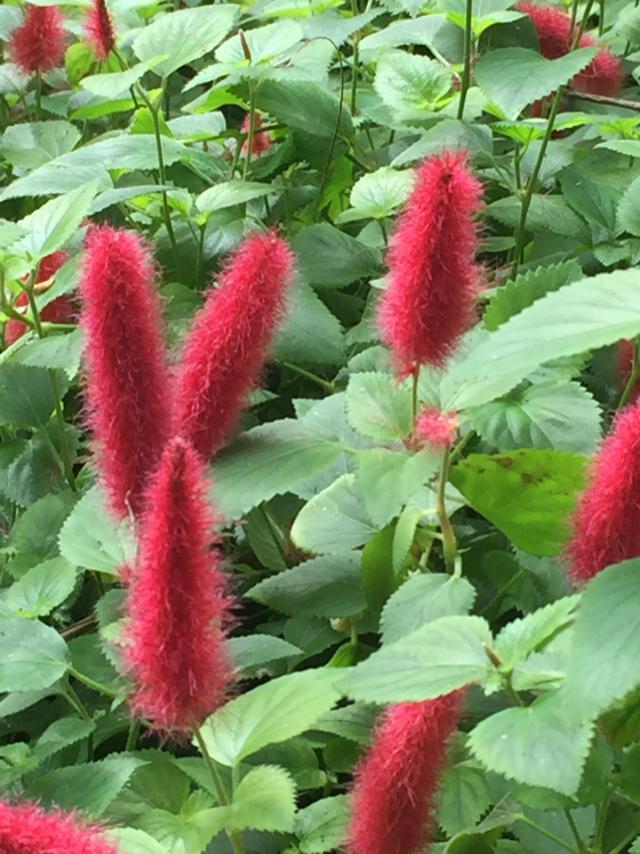It is always around this time of the year that you suddenly notice those little gaps in the shrubbery of the garden that requires attention.
The main reason for the gap in the first place is usually that the position has become much darker, making it hard for the original plants to grow.
With a little careful selection, there are quite a number of plants that flourish in these less than ideal conditions.
If are preparing gardens that are posing this type of problem using some of the following shade-tolerant groundcovers could easily solve your problem:
Acalypha reptans ‘Stephie’ is an evergreen spreading plant with unusual bushy red tail-like flowers and mild green leaves with saw-toothed edges for part-shade areas.
This is probably one of the most versatile hanging basket plants available to local gardeners.
Heterocentron elegans or commonly known as the Spanish Shawl is an evergreen matt-forming perennial that has a lime green new growth.
Masses of deep purple Lasiandra-like flowers occur through the warmer months of the year.
This colourful ground cover is native to Central America makes a great hanging plant but is frost tender.
Lysimachia Gold Clusters is a vigorous evergreen, prostrate perennial for partly shaded areas.
It has small, green leaves with clusters of bright, golden yellow flowers all year.
It is perfect for colourful hanging baskets, rockeries or to be used in pots.
There are also several new hybrids with varying coloured foliage.
Ruellia ciliosa or Splash of Blue is in my mind one of the hardiest, shade-tolerant groundcovers available to local gardeners.
We have used this in landscape projects from Emerald to Great Keppel Island without ever having a single casualty.
It is a very hardy groundcover with large blue flowers over long periods of the year.
Streptocarpus saxorum or Nodding Violet is a showy, evergreen perennial that is perfect for hanging baskets.
During the warmer months of the year masses of lilac-mauve tubular flowers with white throats smother the plant.
Streptocarpus has small, rounded, slightly succulent, dark-green leaves that are arranged on its trailing stems.
Streptocarpus are easily grown plants which are remarkably free from pests and diseases.
Viola hederacea or Native Violet is a vigorous growing groundcover spreading to one metre in diameter, with very attractive mauve and white, violet shaped flowers.
This is an excellent groundcover for a moist shaded position. There is also a white flowering form available to local gardeners.
TRANSPLANTING SHRUBS
Winter is the best time to move any shrub or small trees that are not doing as well as they should in their present position.
Last week even I took the opportunity to transplant a number of quite old shrubs that needed to be moved to make way for a new house.
Ailing evergreens, especially Azaleas, often grow a whole lot better after they have been transplanted from a spot where they have not been doing well.
Fortunately, Azaleas don’t have deep root systems, but they do have a widespread surface root system.
Lift the plants by first using the shovel to dig a line around the drip-line of the plant, making as clean a cut in the ground as possible, then working the spade deeper and under the root structure.
Once the root ball is able to be lifted, make a similar sized hole in the new position to take the plant.
It will need to be a fraction wider than the root ball, so that plenty of good soil can be worked in, around and below the old roots.
Soak liberally once the plant has been shifted to the new hole, drench with a fungicide like Fongarid.
The transported plant will not need any fertiliser other than a light dose of a slow release like Nitrophoska.
Other evergreens, such as Gardenias, Hibiscus or Ixoras that might need to be moved should be pruned back well, even if they are in bud.
This applies particularly to large plants, where it is necessary to reduce the root system.
As a general rule, top growth should be reduced to a similar proportion to the root system.
By the time we start getting warmer spring weather, the transplanted shrubs should be in a good position to start producing masses of new growth foliage, and extending their root system.
This would be the time to use a good organic fertiliser.

